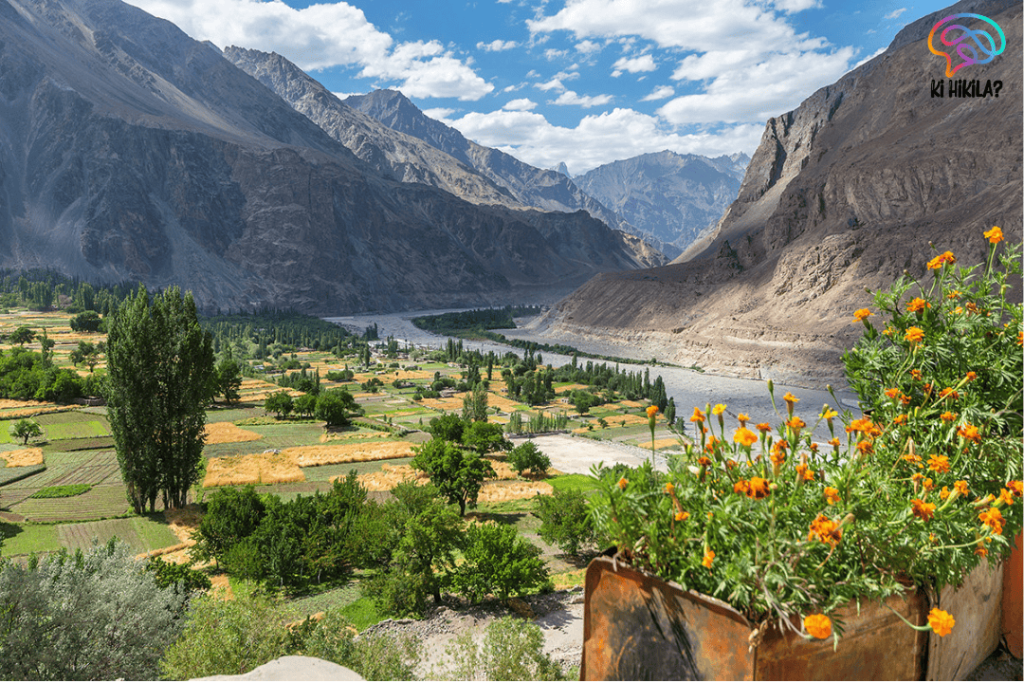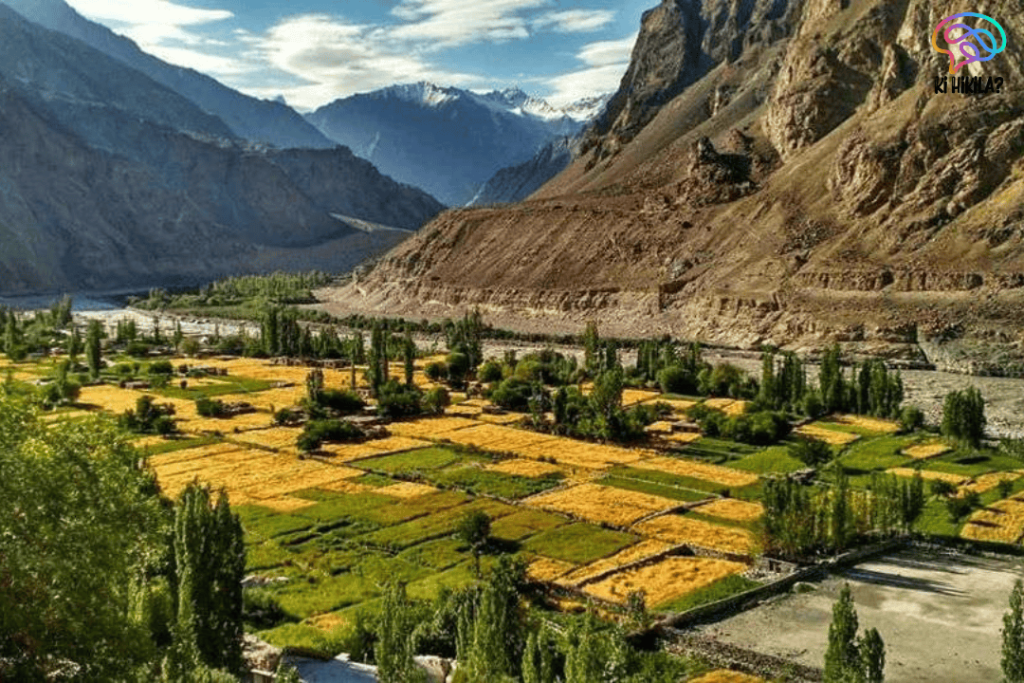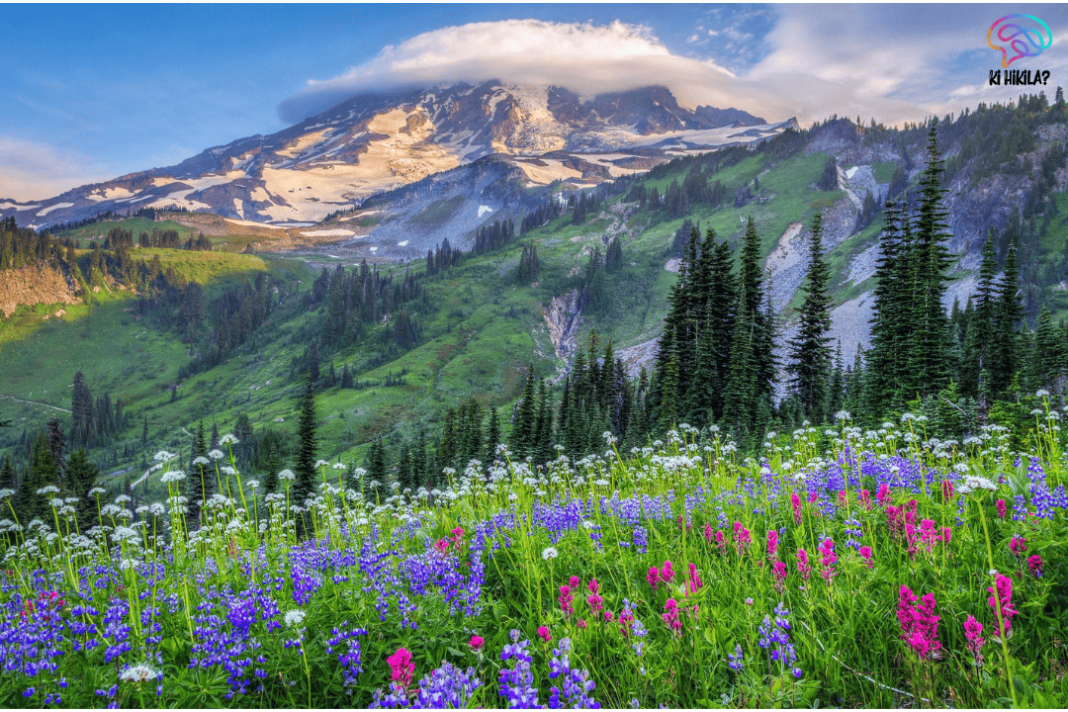Ladakh Botanical Garden is set to become a landmark ecological and tourism initiative in eastern Ladakh, with Shyok village transforming 10 hectares of barren community land into the Union Territory’s first botanical garden. Located on the route to the Galwan Valley, this ambitious project aims to conserve Ladakh’s unique biodiversity while boosting eco-tourism and local livelihoods. Backed by the Leh Hill Council and aligned with the Go Green Go Organic campaign, the garden is scheduled for completion by 2029.
Project Background and Location
Shyok village, known for its stark yet breathtaking landscapes, lies en route to the Galwan Valley—an area that has drawn attention not only for its strategic importance but also for emerging war-zone tourism plans. The site chosen for the Ladakh Botanical Garden was once barren, dry, and inhospitable. Today, it is being reshaped into a lush green zone dedicated to conserving Ladakh’s native flora.
The Leh Hill Council has taken a central role in facilitating civil works for the project, from land tilling to water reservoir construction—an essential step in a water-scarce region. A budget of one crore rupees has already been allocated to ensure proper infrastructure development.
Key Objectives of the Ladakh Botanical Garden

The primary aim of the Ladakh Botanical Garden is ecological restoration. High-altitude ecosystems are extremely sensitive to climate change, and Ladakh’s biodiversity faces constant threats from temperature shifts, soil degradation, and human activities. This garden will focus on:
- Conserving traditional fruit trees like apricots and apples, which hold both cultural and economic value for local communities.
- Protecting medicinal plants and rare high-altitude species that have adapted to Ladakh’s unique conditions.
- Promoting eco-tourism as a sustainable source of income for residents.
- Creating awareness about the importance of biodiversity and environmental stewardship.
Tourism and Economic Potential
The location of the Ladakh Botanical Garden along the Galwan Valley route is no coincidence—it has been strategically chosen to integrate with the planned Battlefield Tourism initiative. This positioning allows it to attract not only nature enthusiasts but also visitors drawn by the region’s historical and geopolitical significance.
Eco-tourism in Ladakh has been steadily growing, and the botanical garden adds a new dimension to its offerings. Tourists will be able to enjoy guided walks, learn about rare plants, and witness conservation efforts firsthand. The influx of visitors is expected to boost the local economy by generating employment in agriculture, horticulture, hospitality, and guiding services.
Environmental and Social Benefits
From an environmental perspective, the Ladakh Botanical Garden will serve as a sanctuary for endangered plant species and improve soil fertility through green cover expansion. It will help prevent soil erosion, enhance carbon capture, and contribute to climate resilience in the region.
Socially, the project is designed to be community-driven. Local residents will be actively involved in planting, maintenance, and eco-tourism activities. Training programs in sustainable agriculture, horticulture, and conservation will empower the youth, reducing migration to urban areas in search of work.
Educational and Research Importance

The Ladakh Botanical Garden is set to become more than just a tourist attraction—it will function as a centre for botanical studies. Ladakh’s unique high-altitude environment presents a valuable opportunity for researchers, scientists, and students from across India and abroad to study plants that thrive under extreme climatic conditions.
Research facilities within the garden will allow for documentation of plant species, trials of sustainable cultivation techniques, and the study of traditional medicinal uses of local flora. This will not only enhance knowledge but also contribute to the preservation of indigenous wisdom related to plant-based remedies.
A Vision for 2029 and Beyond
By 2029, when the Ladakh Botanical Garden is expected to be fully operational, it will stand as a model for integrating environmental conservation with sustainable development. The combination of biodiversity preservation, eco-tourism, community engagement, and educational opportunities makes this initiative a holistic approach to regional growth.
In a high-altitude desert like Ladakh, where green cover is scarce and environmental balance is delicate, such a project is both a necessity and a symbol of hope. As the barren stretches of Shyok village slowly transform into a thriving botanical haven, Ladakh will showcase to the world how local communities, government bodies, and conservationists can work together to create lasting environmental legacies.



